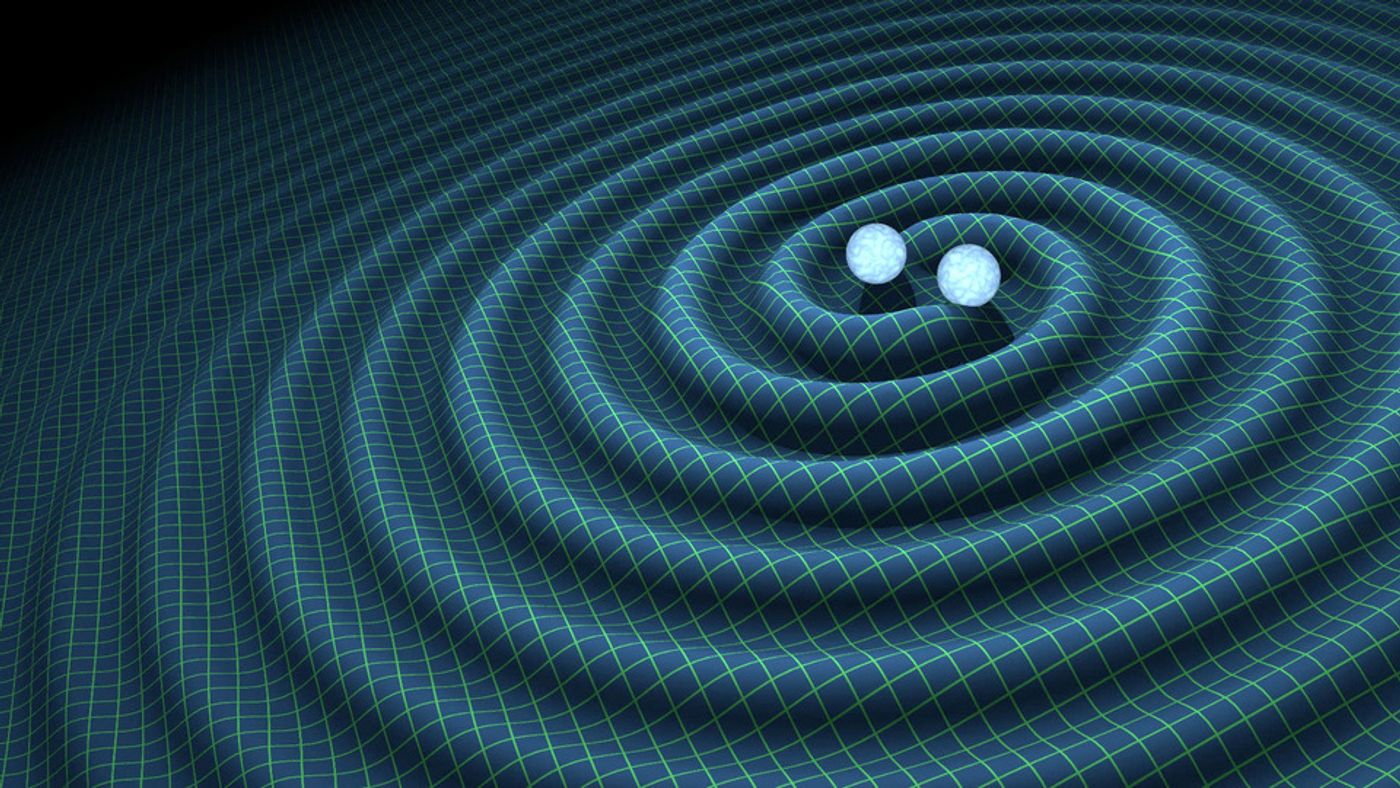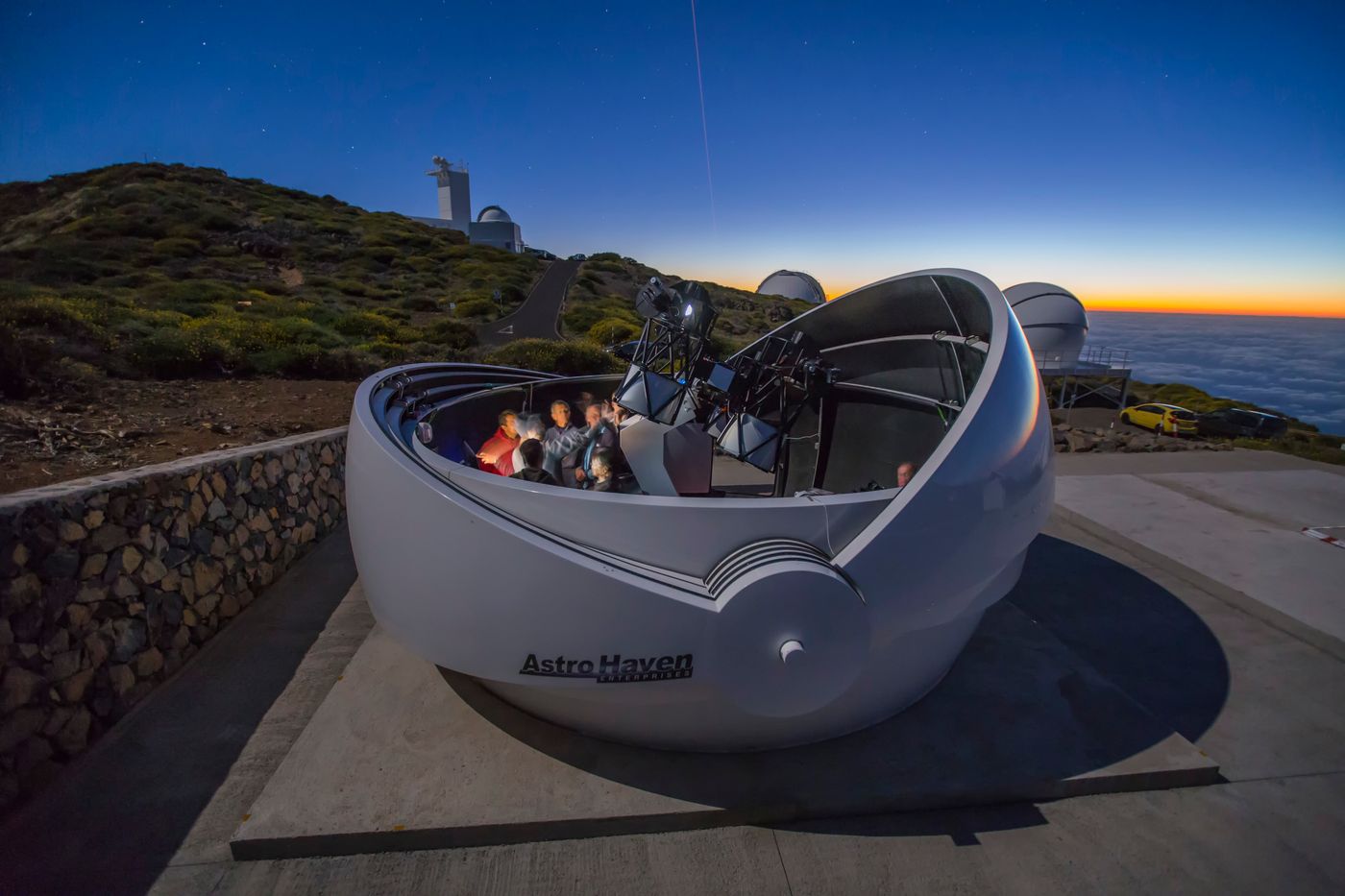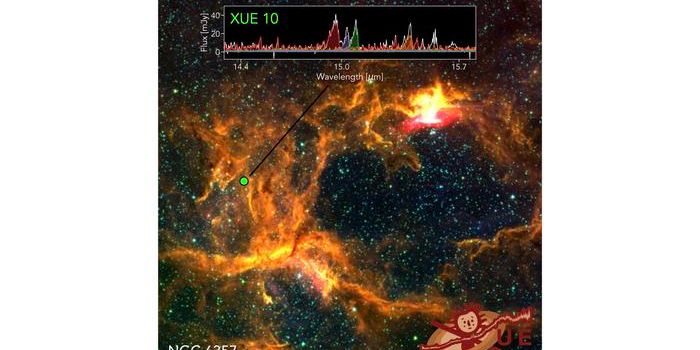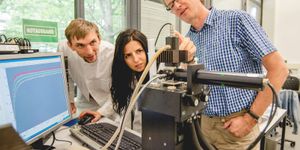Say Hello to the World's Newest Gravitational Wave Telescope
Gravitational waves are still somewhat of a mystery to even the brightest physicists because they’re such a new concept. Although Albert Einstein originally predicted their existence when he came up with the Theory of General Relativity, we hadn’t observed these forces in person before until just these last couple of years.
Image Credit: LIGO
The Laser Interferometer Gravitational-Wave Observatory (LIGO) only just started announcing when they detect these forces, and they’ve only been detected and confirmed three times since initial observations began.
These impressive forces of nature are believed to be caused by collisions between massive celestial objects, such as the crashing together of black holes and/or neutron stars. For what it’s worth, all observations to date have been caused by black holes slamming into one another, not neutron stars.
Related: Gravitational Waves detected by LIGO for a second time
The massive objects slamming into one another generate forces strong enough to send a ripple through space time, and this is what we understand gravitational waves to be the remnant of today.
Because they’re a particularly rare occurrence, researchers are trying to improve our observation efforts. Researchers just flipped the power switch on a new autonomous ground-based telescope that will keep an eye out for gravitational waves in the cosmos.
Dubbed the Gravitational-wave Optical Transient Observer (GOTO), this telescope can be found in La Palma of the Canary Islands, and operations just began this Monday.
Image Credit: Antonio González / IAC
GOTO will be responsible for linking gravitational waves with optical signatures rather than auditory signatures, a first of its kind dedicated solely to observing these types of forces.
“After all the hard work put in by everyone, I am delighted to see the GOTO telescopes in operational mode at the Roque de los Muchachos observatory. We are all excited about the scientific opportunities it will provide,” said University of Warwick’s Dr Danny Steeghs, the leader of the GOTO project.
Related: Soon, we'll get to see our first "real" image of a black hole
Once LIGO detects something, GOTO will automatically snap over to the region and start looking for optical signatures that match the activity we're seeing. The hope is that we might see something we've never observed before, and perhaps we'll even learn of a new way to spot gravitational waves.
We’re not 100% sure what we’re going to see, but we do know that it should be interesting to find out nevertheless.
Source: University of Warwick











